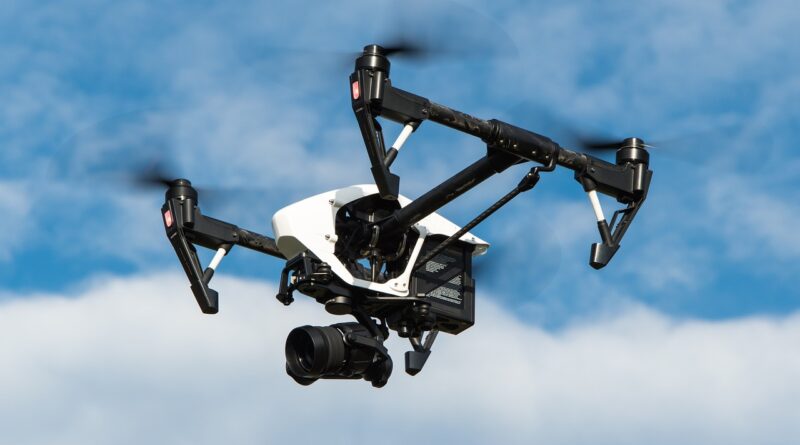How Winds Affect the Future of Mobility
Inspired by Science Daily and Aerospace America
By the year 2023, the term “drone” has become a ubiquitous term across the globe. Drones, categorized as Unmanned Aerial Vehicles (UAVs), typically possess diminutive dimensions, rendering them highly maneuverable. Frequently equipped with cameras for capturing cinematic shots, these compact UAVs have become commonplace. Now, envision a conventional car infused with the characteristics of a drone. This conceptual amalgamation is not challenging to visualize, particularly as the concept of an “Air Taxi” frequently graces the screens of science fiction movies, contributing to the ease with which such a vehicular innovation can be imagined.
Nevertheless, what was once confined to the realm of science fiction has now materialized into reality. Prominent entities such as Boeing, Joby Aviation, and Airbus are actively engaged in the development of air taxi technology, suggesting that air taxis may soon become a common sight globally. The paramount concern, however, centers around the safety implications associated with this innovative mode of transportation. This question looms large not only in the minds of the general populace but also commands attention from governmental bodies, including legislatures such as Congress, as novel technologies are poised to enter the public domain.
What, then, are the potential challenges associated with the widespread availability of air taxis? A prevalent argument posits that air taxis can be likened to conventional planes, with the assumption that the safety standards upheld by larger aircraft would extend to these more nimble and lightweight counterparts. However, this viewpoint overlooks a critical distinction. In reality, air taxis are susceptible to various hazards, with a primary concern revolving around the impact of winds, particularly those generated by the architectural canyons formed by buildings. In metropolises like New York City or Seoul, the manifestation of the ‘wind tunnel effect’—the acceleration or turbulence of air caused by skyscrapers—is a frequent occurrence. This phenomenon poses a substantial risk to all airborne vehicles within urban environments, emphasizing the peril air taxis may encounter. Unlike helicopters, which typically avoid flying between buildings due to these turbulent conditions, air taxis must grapple with the unique challenges posed by the intricate wind patterns amid cityscapes.
Furthermore, not all wind tunnels are the same in size or strength, as well as the pattern they form. They are all different depending on many variables, such as the shape or height of the buildings around them. Because of this, the air taxis, which are mainly considered for use in cities over small distances, can be dangerous in major cities around the world.
Returning to the earlier comparison between planes and air taxis, planes are safer because there are no tall buildings around the airport. Also, there are systems that each airport follows so that the planes don’t crash into each other, but in the cities, there will be countless air taxis flying in the sky. This makes it extremely difficult for air taxis to be safe from each other and the rush of winds.
To overcome these difficulties, research on how wind tunnels and buildings relate to each other must be conducted so that predictions can be made for each circumstance in air taxi rides. NASA researchers say that so far, it is not possible to ‘predict the impact of wind and turbulence on air taxi operations’ or which ‘cityscapes and locations drive the strongest winds’. If the air taxi is to try avoiding environmental difficulties right now, it will become extremely inefficient and possibly more dangerous. It may take a few more years until air taxis can be publicly used, but until then, the danger remains.

